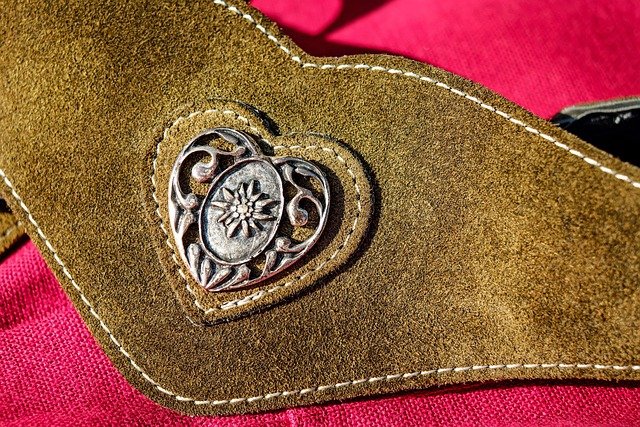Sustainability indicators: certifications and traceability to look for
Understanding sustainability indicators helps buyers choose wristwear with clearer supply chains and verified materials. This article outlines the certifications, traceability practices, and practical checks to use when evaluating bangles, cuffs, charms, and other accessories so you can assess metals, leather, plating, and repairability with confidence.

Consumers and makers increasingly expect clear sustainability signals for wristwear. For bracelets and related accessories, useful indicators include third-party certifications, documented traceability through the supply chain, and transparent policies on materials, manufacturing, and repair. Rather than rely on marketing language, look for verifiable marks, batch or lot numbers, digital provenance records, and clear statements about metals, leather, plating, and hypoallergenic testing to form a reliable view of an item’s environmental and social footprint.
What certifications cover metals and plating?
Certifications for metals and plating focus on responsible sourcing and chemical safety. Look for recognized schemes that verify recycled content or responsible mining practices, and standards that limit harmful substances in plating processes. Certifications can cover chain-of-custody for recycled metals, or compliance with limits on nickel and other allergenic elements. When a maker cites a certification, request the certificate number, scope (which materials and processes it covers), and whether third-party audits are current. Clear documentation reduces the risk of misleading claims about recycled metals or eco-friendly plating.
How is traceability shown for leather and beading?
Traceability for leather and bead components means being able to follow materials back to their source and processing stages. Useful traceability practices include supplier declarations, tanning and dyeing facility disclosures, and digital ledgers or batch IDs that map which hide or bead shipment was used. For beadwork, ask about material origin (glass, seed bead, or synthetic), manufacturing locations, and whether artisans are documented. For leather, credible suppliers will note tanning methods, chemicals used, and any certifications that confirm responsible sourcing or reduced-impact processing.
What to check for clasp, sizing, and durability?
Sustainable choices consider longevity: secure clasps, accurate sizing, and durable construction reduce waste. Inspect the type of clasp and its tested lifespan, ask about soldered links versus press-fitted joints, and check whether sizing options allow for repair or adjustment without replacement. Durability statements should include expected wear points and maintenance guidance. Items designed for stacking or frequent wear benefit from reinforced clasps and plating specifications that note thickness or technique, which affect how long finishes last before re-plating is needed.
Are hypoallergenic and metals standards certified?
Hypoallergenic claims should be backed by testing or standards that measure allergenic elements like nickel. Seek materials testing reports or certifications indicating compliance with relevant regulations. Some schemes certify that an alloy meets thresholds for low nickel release or that surface treatments reduce ion migration. If you have metal sensitivities, request lab reports or ask whether the brand offers alternative metals, such as specific stainless steels or titanium, with documented testing results for hypoallergenic performance.
How does repair, engraving, and plating affect sustainability?
Repairability extends the useful life of wristwear and reduces resource consumption. Check whether makers offer repair services, replacement clasps, re-plating, or re-stringing for beaded pieces. Engraving options can support personalization without adding new materials if done in a way that preserves structural integrity. Plating choices affect longevity; thicker or electroplated finishes may require less frequent re-plating. Transparent policies about aftercare, repair pricing, and expected service life are indicators that a brand values durability over disposability.
Sustainability labels for wristwear, bangle, cuff and charm
When evaluating accessories such as bangles, cuffs, and charms, prioritize labels and practices that clarify material origin, working conditions, and environmental impacts. Look for third-party verification, accessible traceability documentation, and specific statements on recycled metals, low-impact leather processing, or responsible bead sourcing. Brands that publish supplier lists or provenance records, and that support local services for repairs or adjustments, typically offer stronger sustainability signals than generic eco-claims. Verify claims by asking for certificate identifiers, lab reports, or traceability tags.
Conclusion Sustainability in wristwear is measurable when brands provide verifiable certifications, clear traceability, and practical policies for repair and durability. Focus on documented evidence for metals, leather, plating, and hypoallergenic testing rather than broad marketing language. Practical checks—such as requesting certificate numbers, supplier information, and repair options—help assess whether a bangle, cuff, charm, or clasp is produced and maintained in ways that align with sustainability goals.






